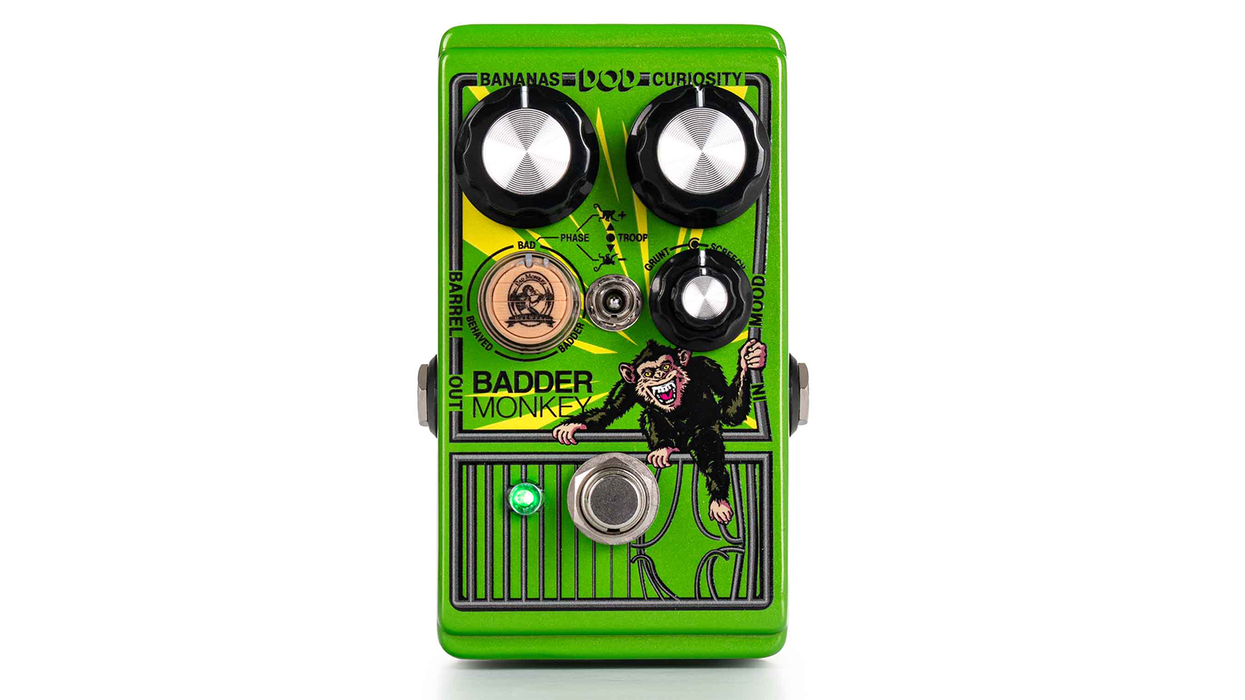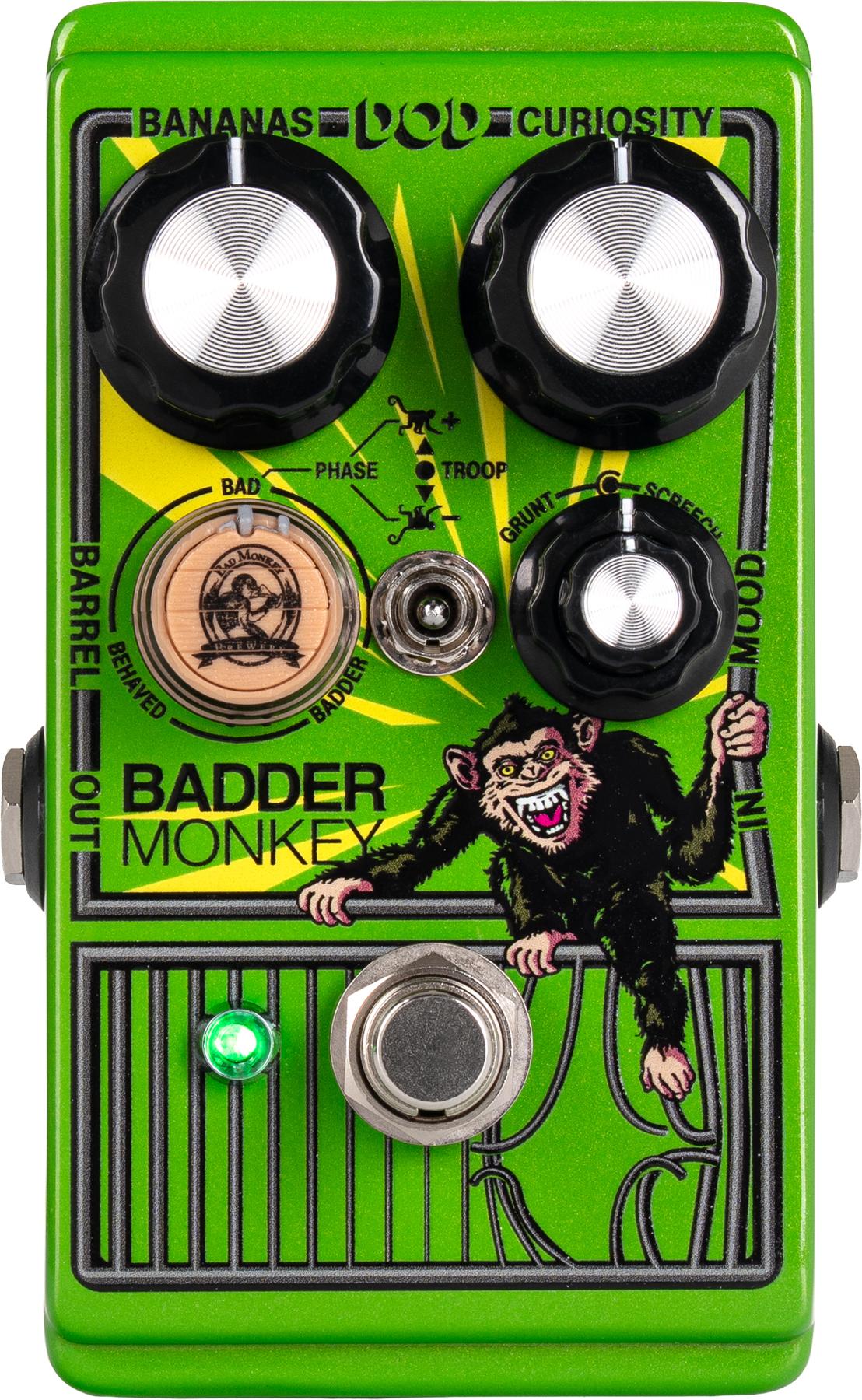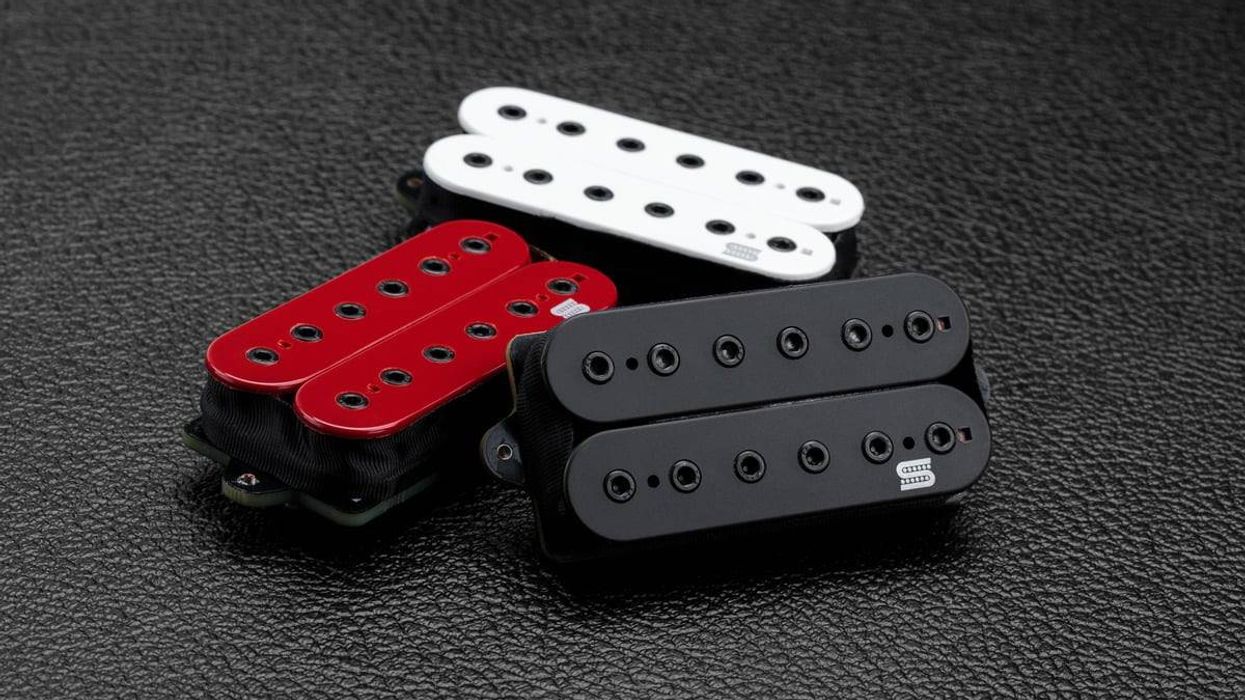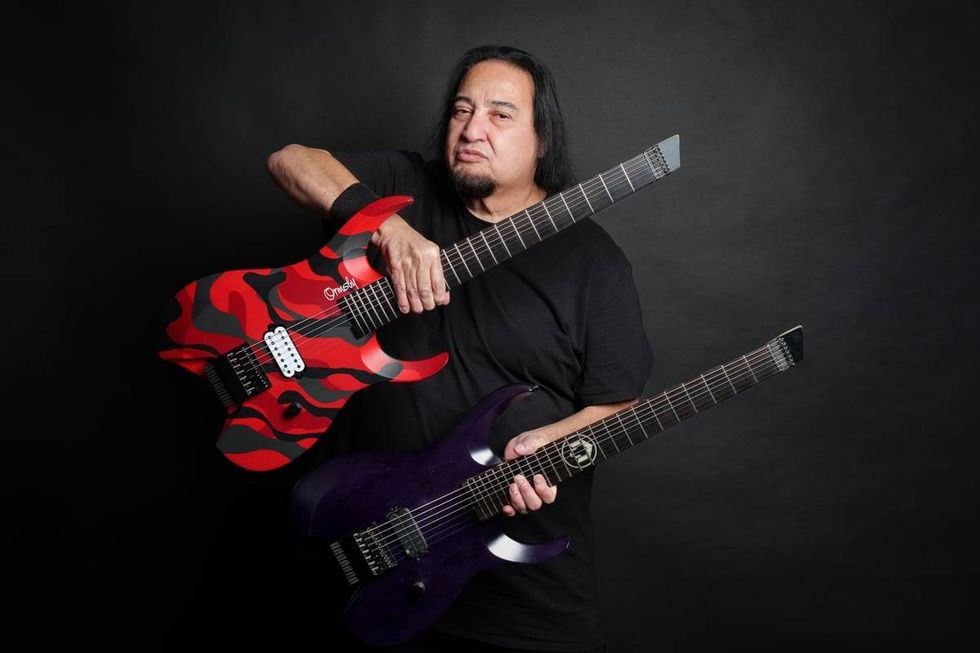Go look at your pedalboard and think about this – how many pedals are on it? How is it powered? Do you have a case for it? What kind of cables are you using? Oh, how times have changed!
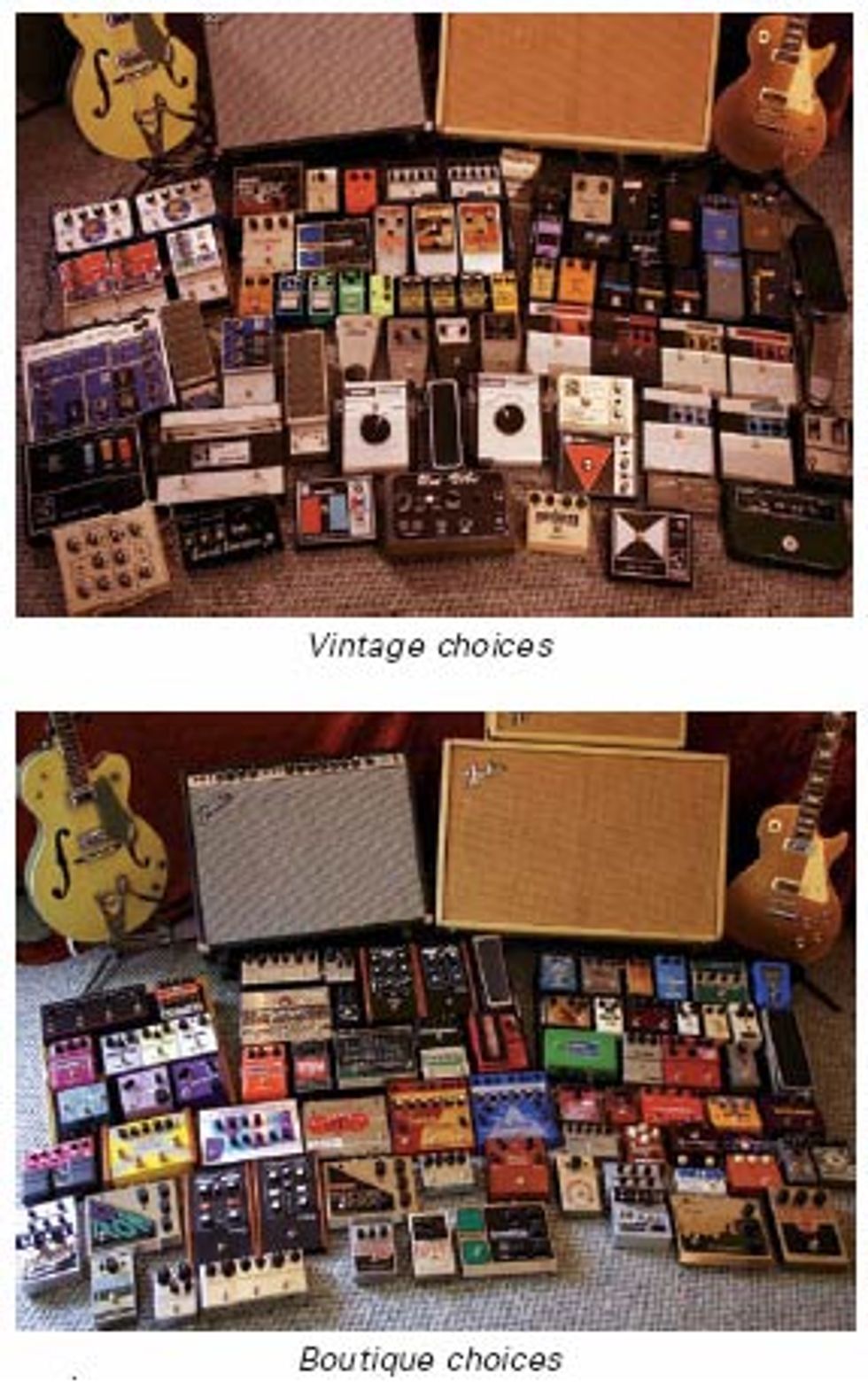 20 or 30 years ago, most pro and semi-pro guitarists didn’t even have pedalboards – they typically just had a couple of pedals sitting in front of them on the floor. Chances are, if they had a wah-wah pedal, it was missing a foot and had a tendency to creep forward during the set. Once in a while, a guy might make his own pedalboard out of plywood and 2x4s, but it usually ended up weighing about as much as a Twin Reverb. For the most part, having a real pedalboard was a privilege reserved for rock stars who could afford their own techs and roadies.
20 or 30 years ago, most pro and semi-pro guitarists didn’t even have pedalboards – they typically just had a couple of pedals sitting in front of them on the floor. Chances are, if they had a wah-wah pedal, it was missing a foot and had a tendency to creep forward during the set. Once in a while, a guy might make his own pedalboard out of plywood and 2x4s, but it usually ended up weighing about as much as a Twin Reverb. For the most part, having a real pedalboard was a privilege reserved for rock stars who could afford their own techs and roadies. Even 10 or 15 years ago, most guitarists just didn’t consider whether or not their pedals had true bypass or what components were being used, much less impedance loading and cable capacitance. Analog Mike reminds us, “In the past guitarists had to find compromises to get a decent sound. For example, the curly patch cords most players were using in the ’60s and ’70s added a ton of capacitance, which was great for some people but made others crank the treble on their amps to compensate. The same was true with old wah pedals, which killed all of your high end.” Maestro design engineer, Richard Mintz, told me that he attended a number of recording sessions for big-name acts where the decision on what pedal to use was based on which one had a working battery.
Now, of course, things are much different; there are at least a couple dozen dedicated pedalboard manufacturers offering products to suit the budget and requirements of any player, and even most amateurs, weekend warriors, and bedroom players are fussier about their gear than before.
As I said last month, today is the greatest time in history to be a guitarist! We have found our way into the “Golden Age of Tone.” Armed with information and a vast array of gear to choose from, we can take direct command of creating our sonic ideals in ways never before possible.
Some players have quite literally taken their tone into their own hands, evidenced by the hugely popular DIY movement of the last several years. For those not so technically inclined, it’s not uncommon for players to contact their favorite boutique pedal maker for a custom order, requesting additional modifications or upgrades above the standard stomp fare. Not into boutique? Not a problem, you still enjoy the benefits of improved production techniques and better quality control in today’s mass-produced offerings. Even if you really prefer vintage pedals and couldn’t care less about anything that’s come out in the last 20 years, consider this – it wasn’t until the mid-‘90s that you could actually purchase a replacement pot for your old Crybaby.
The average player of today is much more sophisticated and discerning in his choice of equipment – we almost have to be. Advancing technology, coupled with the abundance of brands and models to choose from, has required us to educate ourselves more thoroughly. The possibilities seem endless, and we want to consider them carefully before throwing down the cash. It can be a little overwhelming at times; fortunately, there are plenty of resources available to help sort it all out, starting with the one you’re reading right now. Check back next month for Analog Man’s “MythBusters for Pedals.” Until then, keep on stompin’!
Tom Hughes
Tom Hughes (a.k.a. Analog Tom) is the owner and proprietor of For Musicians Only (formusiciansonly.com) and author of Analog Man’s Guide To Vintage Effects. For Musicians Only is also the home of the FMO Gear Shop.
email: stompschool@formusicainsonly.com
web: formusiciansonly.com
Analog Man (analogman.com) is one of the largest boutique effects manufacturers and retailers in the business, established by “Analog” Mike Piera in 1993. Mike can be reached at AnalogMike@aol.com















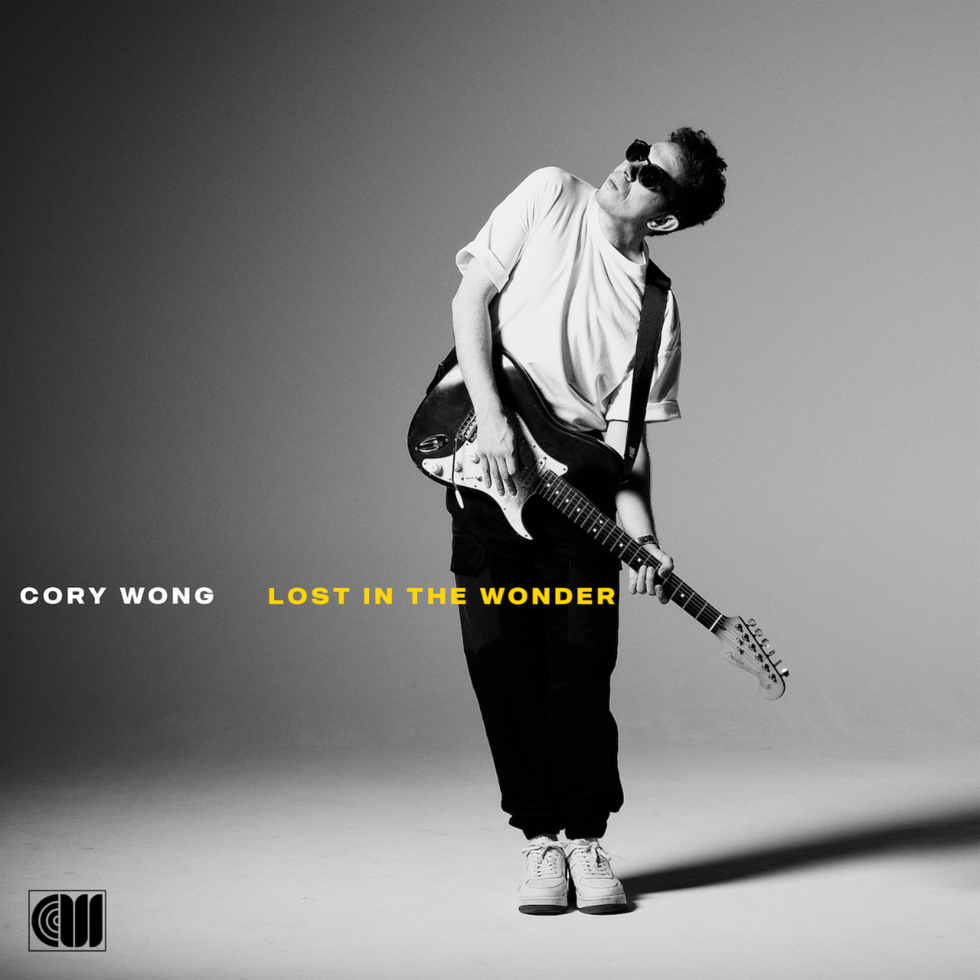
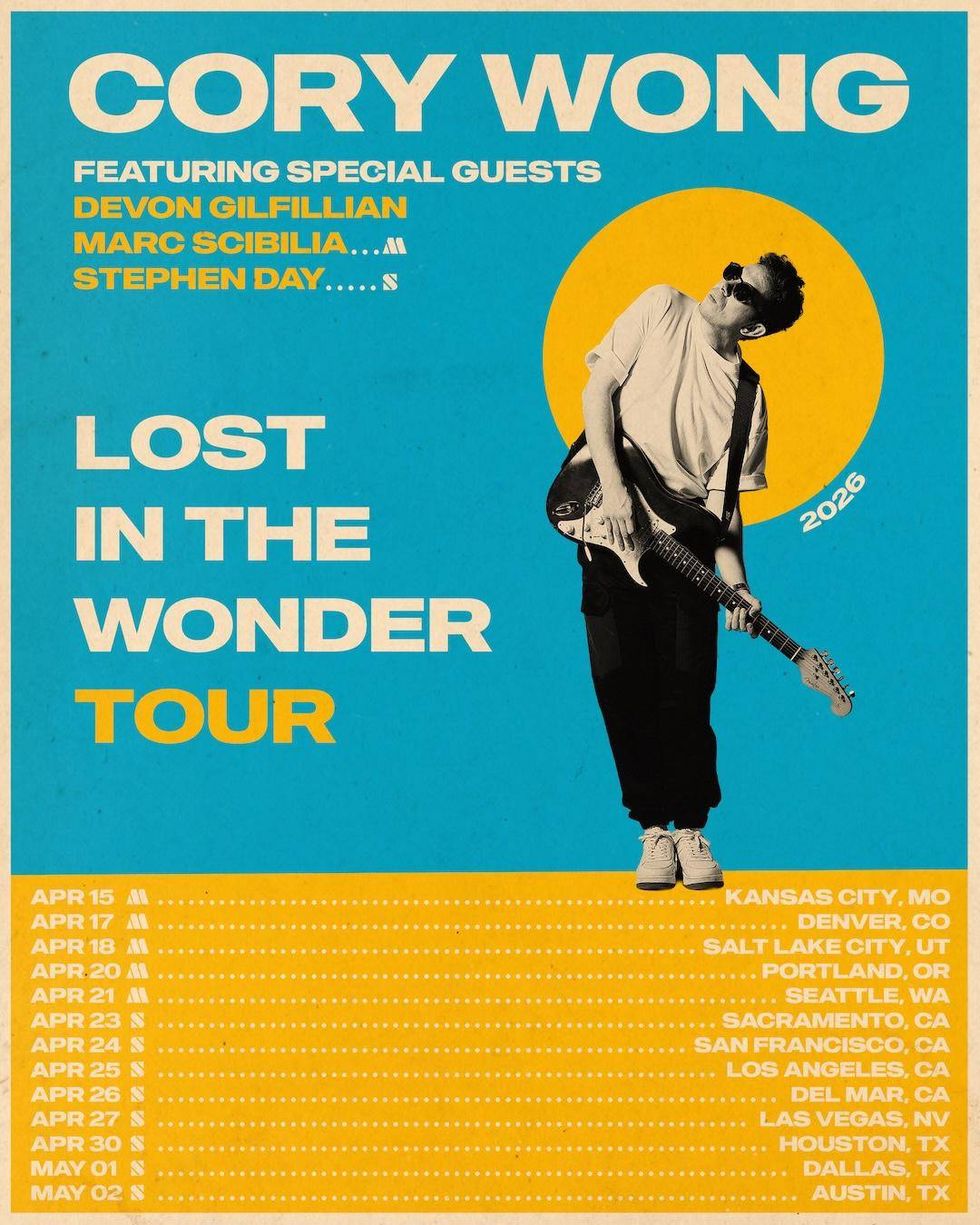
![Rig Rundown: Russian Circles’ Mike Sullivan [2025]](https://www.premierguitar.com/media-library/youtube.jpg?id=62303631&width=1245&height=700&quality=70&coordinates=0%2C0%2C0%2C0)






